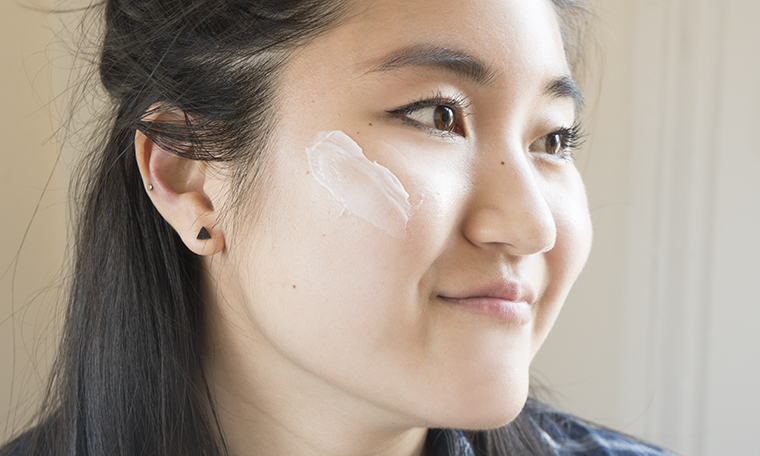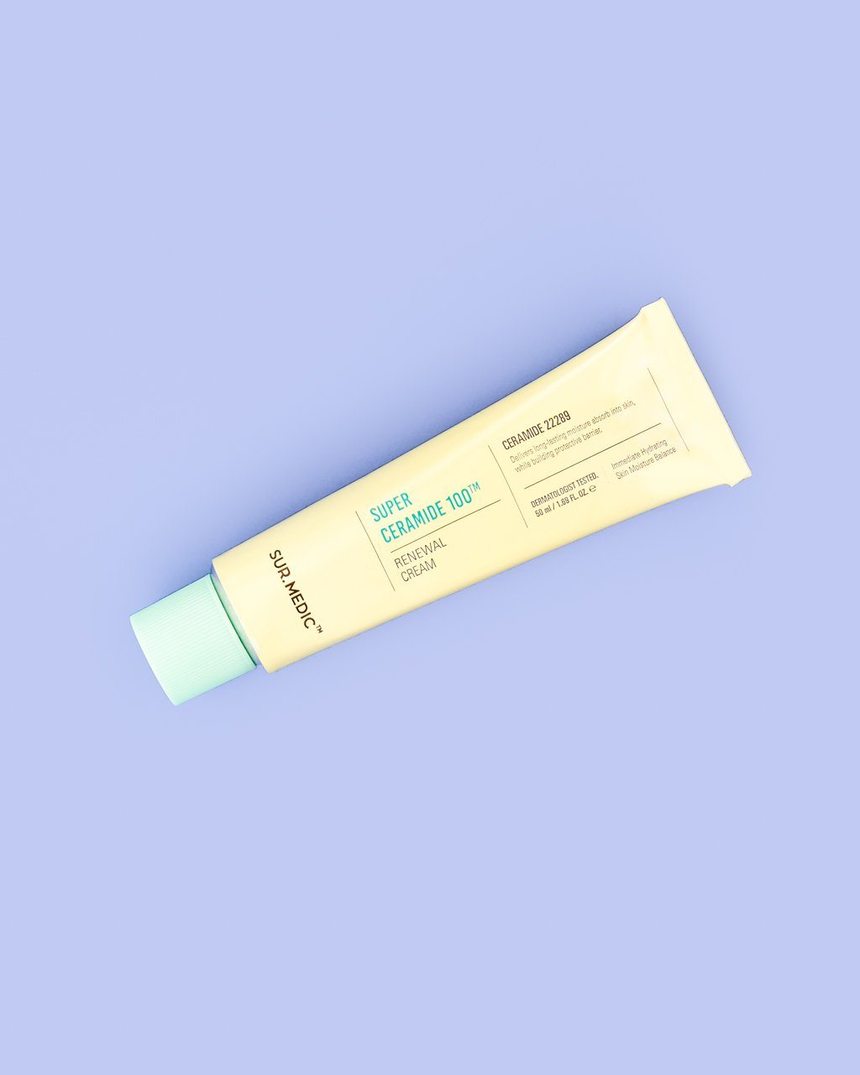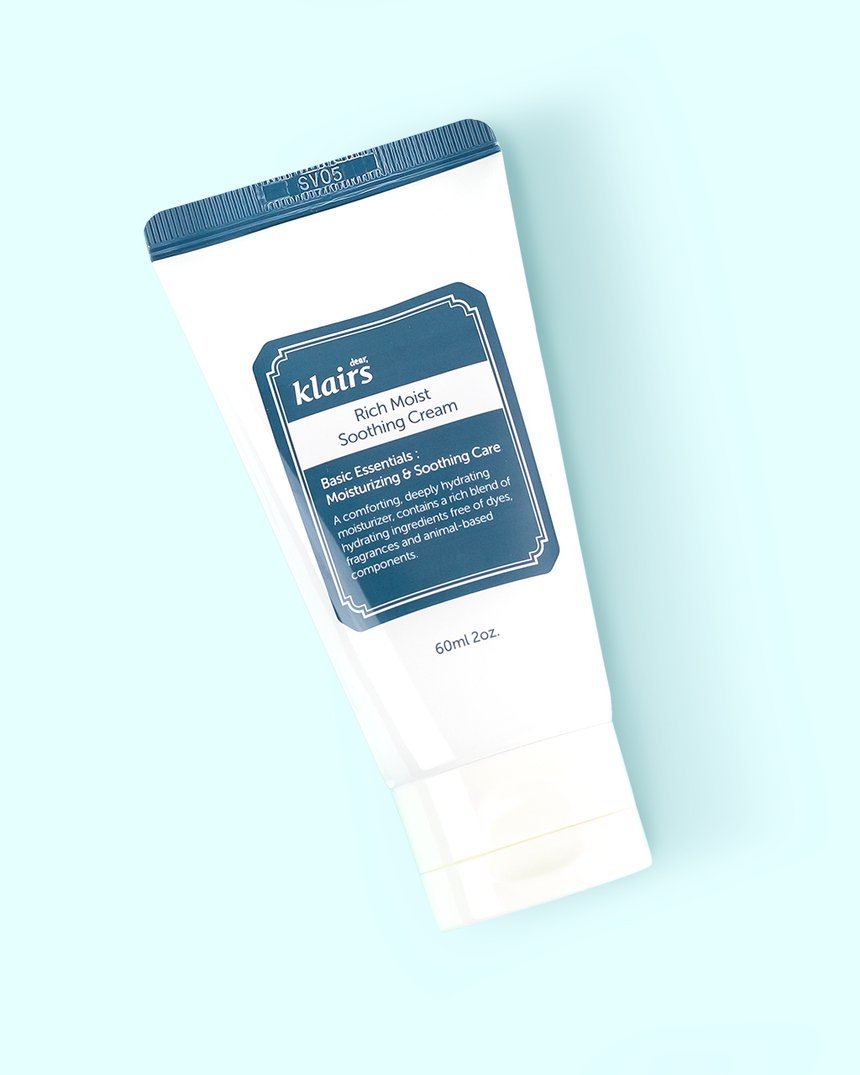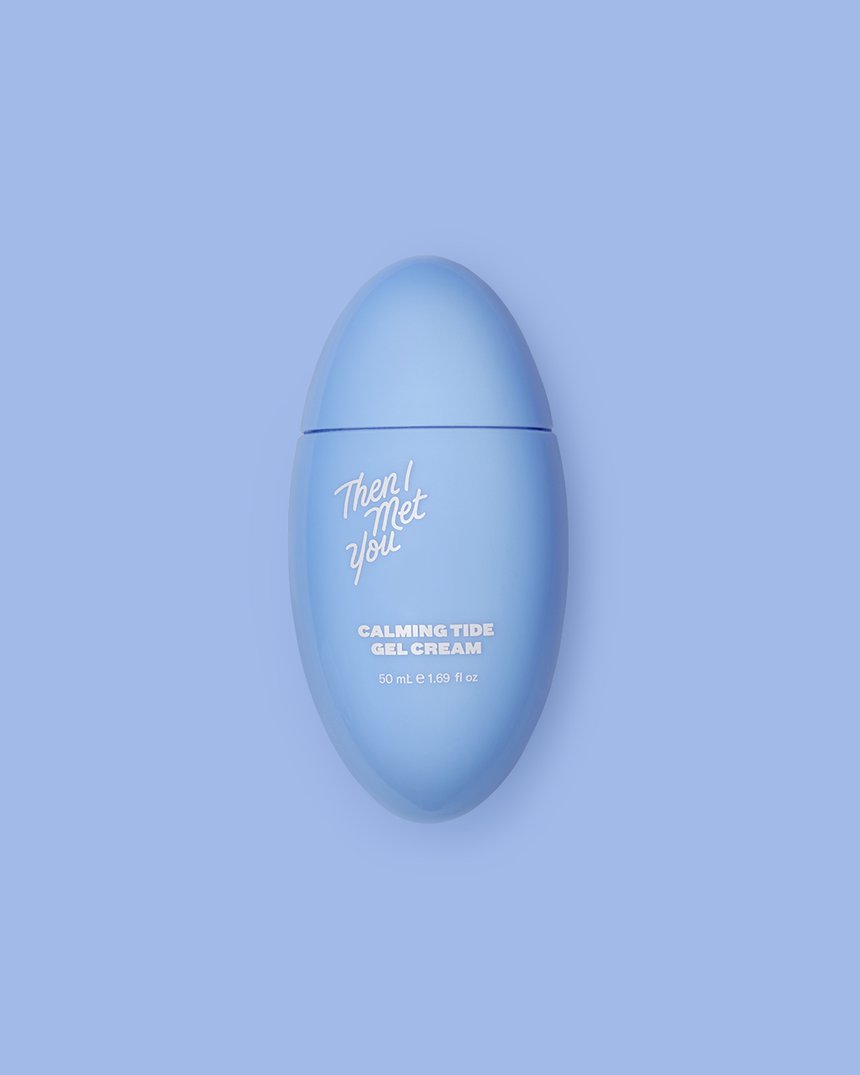Did you know there’s a difference between hydrating and moisturizing products? Mind blowing, we know. Let us explain.
We often see the words “hydrating” and “moisturizing” being used interchangeably when it comes to skin care products. But they each refer to two different—yet similar—skin conditions. To clear up this confusion we reached out to a derm to get the answers.
What’s the difference between hydrating and moisturizing?
“Hydrating ingredients add water to the skin, as well as help to trap water,” says Joshua Zeichner, the director of cosmetic and clinical research in dermatology at Mount Sinai Hospital. “Moisturizing products actually try to improve the skin by decreasing water loss.”
Essentially, dehydrated skin lacks water and needs to be hydrated with hydrating products, while dry skin lacks oil and needs to be moisturized with moisturizing products. Dry skin is actually a skin type while dehydrated skin is something that anyone, no matter their skin type is, can experience.
What types of ingredients hydrate?
Dehydrated skin needs products that say they are “hydrating.” Skin can become dehydrated from a variety of factors, including the products you use, an unbalanced diet, environmental stressors, and a poor sleeping schedule. Dehydrated skin tends to look dull, feel tight, flaky, and even sensitive. You can actually also experience a mixture of oily and dry parts that never seem to feel hydrated no matter how many “hydrating” products you’re using. The reason this happens is because when the skin becomes dehydrated, it tends to produce more oil to make up for the water loss, which can lead to breakouts.
For dehydrated skin, it’s best to stick to products that contain ingredients with “hydrating molecules that help to absorb water, like hyaluronic acid,” says Zeichner. The Hanskin Real Complexion Hyaluron Moisture Cream would be a good choice since it’s formulated with a hefty amount of hyaluronic acid to protect your skin from further water loss while balancing your skin’s water and oil content. The Acwell Real Aqua Balancing Cream is also ideal for getting hydration on the go, and it’s formulated with hyaluronic acid, and sodium licorice root extract to smooth skin, brighten, and add hydration—all in a single step.
Another great option to hydrate skin is the SUR.MEDIC+ Super Ceramide 100™ Renewal Cream, which contains ceramides alongside hyaluronic acid to ensure your skin his hydrated and healthy in even the most drying climates. Cica works to calm
What types of ingredients moisturize?
Dry skin needs products that say they are “moisturizing.” Dry skin occurs when your skin lacks the ability to produce an efficient amount of oil while at the same time being prone to transepidermal water loss (TEWL), which is essentially the evaporation of water from the skin. This lack of oil and water leaves skin without enough nourishment to keep it moisturized, making it appear flaky, itchy, tight, and even dull. According to Zeichner, the best way to combat this is by using products that include “ingredients that act as moisturizing agents, like humectants such as glycerin or ceramides.”
For dry skin, the Klairs Rich Moist Soothing Cream would provide the right amount of moisture while still being gentle enough for sensitive skin. This cream is formulated with beta glucan, jojoba oil, and ceramides, which work together to strengthen your skin’s protective barrier as well as soothe dry, irritated skin. Another great option is the Then I Met You Calming Tide Gel Cream which is packed with ceramides, peptides, and hibiscus. This light cream works like to strengthen the skin barrier while also adding long-lasting hydration.
Bottom line
Despite the interchangeable use of hydrating and moisturizing, when it comes down to it, they actually refer to very different skin conditions. So, before you assume you either have dry or dehydrated skin, it’s best to analyze your skin so you make sure you’re using the right products and the right ingredients.










